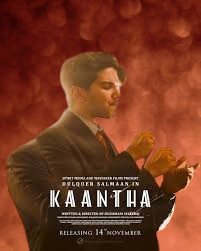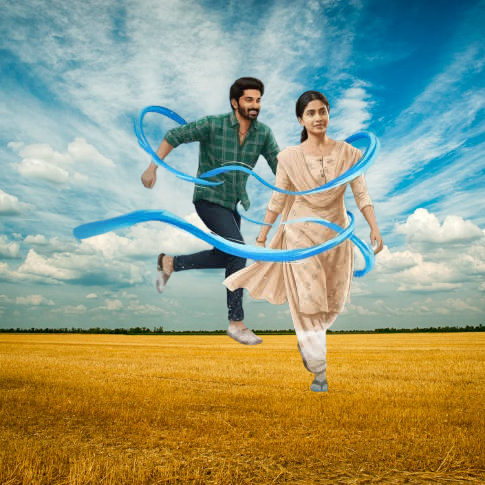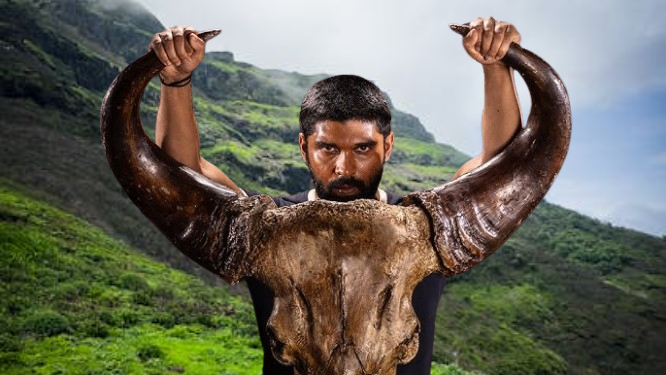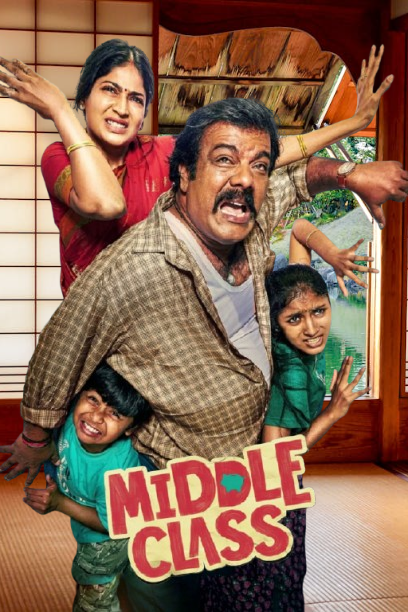Kaantha Tamil Movie 2025 Movierulz Review Details

Kaantha (2025) Review: Selvamani Selvaraj’s Directorial Canvas
Overview
As a 15-year veteran blogger who’s tracked directors from indie debuts to studio epics, I approached Kaantha with curiosity and a critical eye.
The film is a period drama-thriller set in 1950s Madras that examines mentorship, ego, and the fall of stardom through the fraught relationship between legendary director Ayya and his superstar protégé T.K. Mahadevan.
Star Rating (Overall + Director)
| Category | Score |
|---|---|
| Overall | 4 / 5 |
| Director’s Vision (Selvamani Selvaraj) | 4.5 / 5 |
This rating’s personal—could change on director’s cut.
Directorial Choices — The Big Picture
Selvamani Selvaraj commits to a dense, layered approach: fiction that feels like history, characters that echo legends.
He uses theatrical staging, slow dissolves, and close-ups to make ego feel like a force of nature.
Insight
This director trusts silence as an instrument; his pauses often say more than any line.
Takeaway
Selvamani’s vision turns industry myth into a cautionary personal drama.
Directorial Strengths (Pros)
- Tone control: The film keeps a taut emotional rhythm even while luxuriating in period detail.
- Performance direction: Dulquer Salmaan’s T.K. Mahadevan is sculpted with surgical clarity.
- World-building: 1950s Madras feels lived-in, not just staged.
Directorial Weaknesses (Cons)
- At times the film indulges in reveries that stall forward momentum.
- Some subplots could be leaner—audience patience is expected.
How Selvaraj Shapes Performance
Selvamani’s direction leans actor-first. He sets precise emotional targets and lets performers inhabit them fully.
This is evident in Dulquer’s layered control and Samuthirakani’s volcanic restraint as Ayya.
Insight
Actors are given space to find the undercurrent of scenes rather than being pushed into obvious melodrama.
Takeaway
The director’s patient style yields some of the film’s most unforgettable, quiet moments.
| Choice | Effect |
|---|---|
| Long takes | Builds tension and theatricality |
| Muted color palette | Enhances nostalgia and moral gray |
| Close framing on faces | Magnifies internal crisis |
Influences & Inspirations
Selvamani’s nods feel both obvious and tasteful: classical Tamil cinema, stage melodrama, and mid-century world cinema.
There are moments that whisper of M.K. Thyagaraja Bhagavathar–era myths, yet the director avoids becoming a mere mimic.
Insight
Kaantha borrows textures from the past while inventing emotional grammar for its characters.
Takeaway
The film’s inspirations are signposts — not templates — which keeps the story original and referential.
| Reference | How Kaantha Compares |
|---|---|
| Classic Tamil period dramas | Shares atmosphere, but adds psychological depth |
| Modern meta-films about cinema | More intimate, less ironic—empathy over satire |
Visual & Narrative Rhythm
Although cinematography is credited to Dani Sanchez-Lopez, the director’s storyboard choices guide every frame.
Selvamani often pairs static wide shots with sudden, bruising close-ups—an editorial rhythm that becomes his signature in this film.
Insight
The framing reflects power dynamics: the camera shrinks when ego expands, and vice versa.
Takeaway
Selvamani uses visual rhythm to make the script’s emotional stakes physically felt.
Script Collaboration & Tone
Co-writing his own film, Selvamani crafts a voice that’s formal but intimate, theatrical but claustrophobic.
It’s a director’s script—full of beats that reward a director confident in mood and pacing.
Audience Reach & Market Positioning
Given the star power of Dulquer Salmaan and Rana Daggubati’s involvement, Selvaraj balances auteur ambition with commercial service.
This allows Kaantha to sit between festival curiosity and mainstream box-office pull.
Insight
The director smartly stages crowd-facing moments to satisfy both critics and casual viewers.
Takeaway
Selvamani creates a film that can travel: arthouse circuits and multiplex screens alike.
Potential Misreads
Some viewers may call the film self-serious; others will celebrate its restraint.
Selvamani accepts this polarity—he seems more interested in truth than applause.
Why This Director Matters
In an era of slick remakes and instant-viral ideas, Selvaraj insists on slow-cooked drama that trusts its actors and its audience.
That confidence is increasingly rare and valuable in 2025 cinema.
| Actor | Role | Directorial Note |
|---|---|---|
| Dulquer Salmaan | T.K. Mahadevan | Complex, layered—guided to subdued volatility |
| Samuthirakani | Ayya | Measured authority; scenes paced to simmer |
| Rana Daggubati | Inspector “Phoenix” Devaraj | Has a sharp, structural role in the narrative |
Final Thoughts — Director’s Legacy & Next Steps
Selvamani Selvaraj proves himself a director with a distinct taste for theatrical psychology and cinematic nostalgia.
He may not reinvent form, but he deepens it—turning studio-era myths into human tragedies.
Having covered hundreds of films across languages, I feel Kaantha marks a significant, confident chapter in his career.
Insight
This film positions Selvaraj as a director who can straddle commerce and craft.
Takeaway
If Selvamani continues in this vein, he’ll be a name to watch in awards seasons and cinephile circles alike.
Where Critics & Fans Will React
Expect a lively debate on forums and review portals — I’ve already seen chatter on iBomma Movies, Bappamtv Movies, and Iradha Movies praising the performances and debating the pacing.








